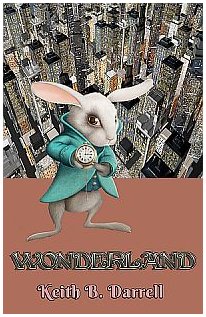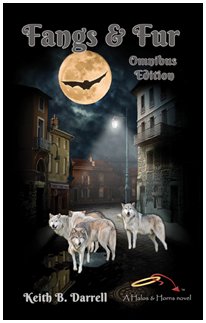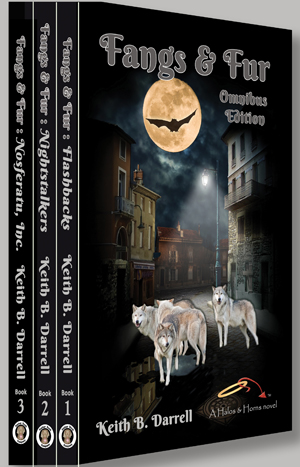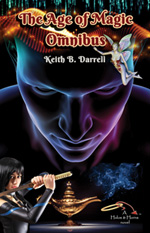I was having a writer’s conversation – that’s an arcane
term to describe two writers discussing esoteric aspects of their craft,
usually in a Denny’s parking lot at 3 a.m., continuing a conversation that
began with dinner – and the topic
turned to murder.
Literary murder, that is. Killing off one’s characters.
This is often a hard choice for writers. We don’t create our
characters; we give birth to them. They become our children. We rear them and guide them through their fictional
lives. The decision to commit filicide – the murder of one’s children – can be
as emotional and conflicting as it is
final.
Writers and readers can both develop emotional attachments
to fictional characters. We go through the stages of loss, but to different
degrees. While the writer may grieve for the deceased character – a voice in
his head now forever silenced – the reader may stall at the anger stage.
But as much as readers may hate to see their favorite
characters killed off, sometimes they must depart this mortal coil because …
that’s life. In reality, people die. Even the ones you really, really like.
Good fiction has to reflect the human condition, and mortality is the most
human condition of all.
If the reader wells up with rage at the writer for killing a
character, she should thank the writer having had the talent to bring that
character to life, to make him real enough to relate to and care about, and
real enough to die.
As I add up the characters I have killed in my novels and
short stories, I begin to realize I am a serial killer. I can no longer stop
myself. But I do abide by my own set of rules. My victims are either minor
characters (Google “red-shirted ensigns” and “Star Trek”) or major characters
whose death advances the plot, often leaving an indelible impression on the
surviving characters or the reader.
Depending on how the character dies, his death may actually
make him and his time spent within the pages, and the story itself, even more
meaningful than had he survived.
Another factor is the calculus of how a character’s death changes the dynamic among the surviving characters. The story often turns in a direction it would never have taken had a central character remained in the picture.
Of course, killing off a character can be a disastrous mistake (can you say “Bobby Ewing”?). Soap opera writers have crafted many ways for deceased characters to return from the grave. Science fiction and fantasy writers also have a few escape hatches. Writers of more realistic genres may be unable to disinter the dead, but they can always bring them back through flashbacks.
The alternative was presented by the satirical Web site, the Onion: The fictionalized author too wimpy to kill off any of his characters and whose book is denounced as “life-affirming schlock.”
But I digress. I must return to my manuscript and commit filicide.
Another factor is the calculus of how a character’s death changes the dynamic among the surviving characters. The story often turns in a direction it would never have taken had a central character remained in the picture.
Of course, killing off a character can be a disastrous mistake (can you say “Bobby Ewing”?). Soap opera writers have crafted many ways for deceased characters to return from the grave. Science fiction and fantasy writers also have a few escape hatches. Writers of more realistic genres may be unable to disinter the dead, but they can always bring them back through flashbacks.
The alternative was presented by the satirical Web site, the Onion: The fictionalized author too wimpy to kill off any of his characters and whose book is denounced as “life-affirming schlock.”
But I digress. I must return to my manuscript and commit filicide.





No comments:
Post a Comment